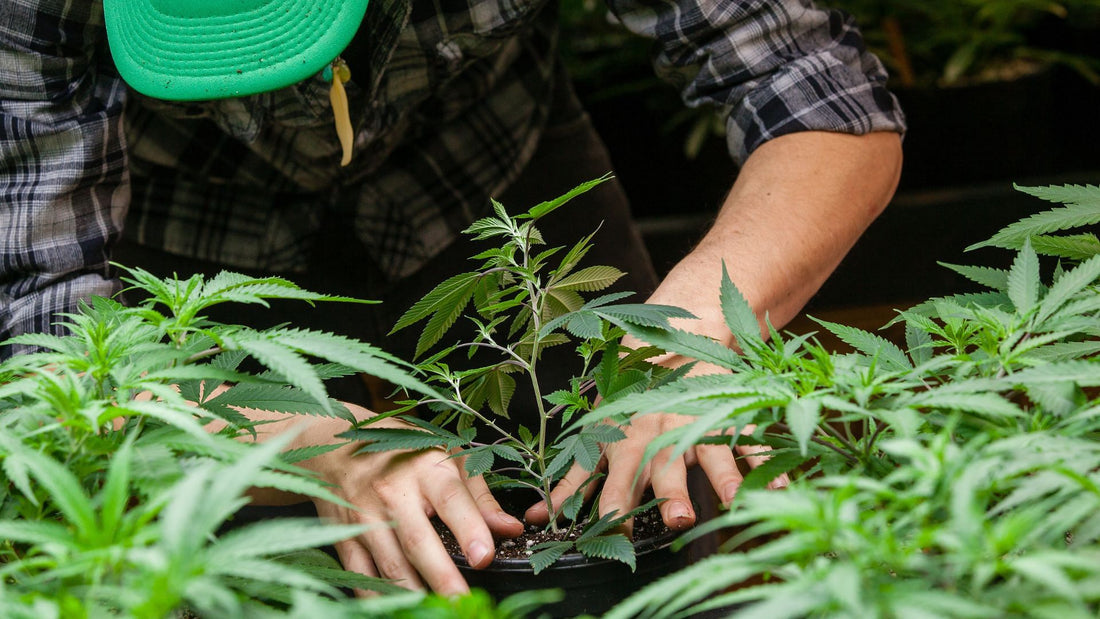
Growing Cannabis Outdoors – Planting In The Ground Vs Containers
Share
This is the first in a series of articles written for Seedsman by Alexandria, AKA Queen of the Sun Grown, who's mission is to radically alter the way you see the world, connecting fauna, flora, and fungi.
At Queen of the Sun Grown, cultivators large and small are taught how to manage their gardens holistically. By using sustainable techniques inspired by nature, we can regenerate our land by improving soil health.
Up first, what's the difference in planting and growing cannabis either directly in the soil or in pots?
================
With Spring fast approaching, it’s time to begin planning your outdoor cannabis garden. What seeds will you sow? How will you grow them? There are so many methods to choose from, each with its own benefits. We will discuss what you’ll need to plant in the ground and in containers and the pros and cons of both options.
Planting Cannabis In The Ground
Native soil can provide many of your plant’s nutrient requirements, from Nitrogen to Phosphorous and all the micronutrients in between. It also gives your plant’s roots room to spread out and grow, resulting in larger plants. Planting in the ground also provides your plants with the most biodiversity. This increases your plants terpenes, since terpenes are the way plants communicate with other organisms.
Biodiversity is the diversity of life within an ecosystem, from plants and microorganisms to animals like birds and insects. Cultivating using your ecosystem and the biodiversity within it is a form of polyculture. This is the practice of growing many crop species within the same space, mimicking the diversity in nature. You can implement polyculture in your cannabis garden by companion planting species that attract beneficial insects as part of your integrative pest management plan or other medicinal plants and food crops.
Planting in the ground is an affordable option because you don’t have to buy potting mix or spend as much on mineral nutrients that are made from rocks and organic matter.
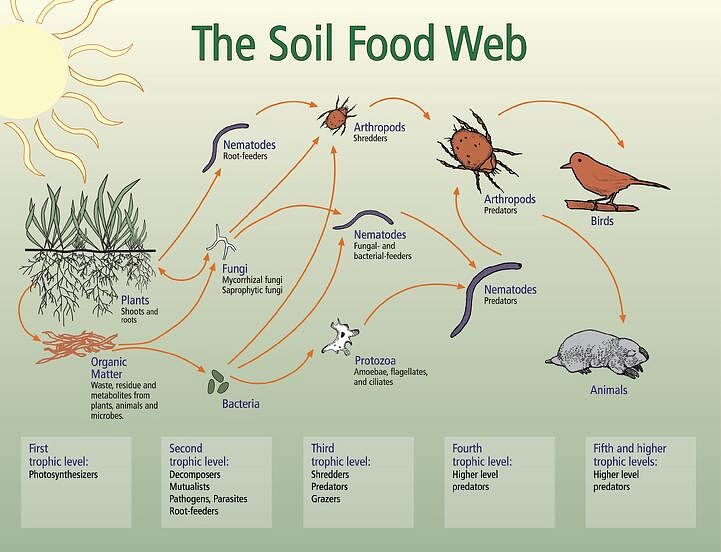
Up to 55% of soil is made up of minerals. These minerals are the elements of nutrients. Nutrients are used by your plant to develop and grow. When you plant directly in the ground you receive these nutrients freely.
For your plant to access these nutrients, they must be broken down into a plant available form through the soil food web. This style of growing is referred to as living soil and can be achieved by planting in native soil.
What You’ll Need To Plant Cannabis In The Ground
-
Strong genetics that thrive outdoors
-
Fertile location with plenty of sunshine and soil depth.
Outdoor Genetics
When planting cannabis outdoors, choosing strong genetics that have been bred to encounter and adapt to varying environments is important. We only stock the best quality seeds from the most trusted breeders. One of our favorite varieties for planting outdoors is Lemon Kush, by the Humboldt Seed Co. This strain was bred outdoors in Northern California and contains high levels of the terpene Limonene.
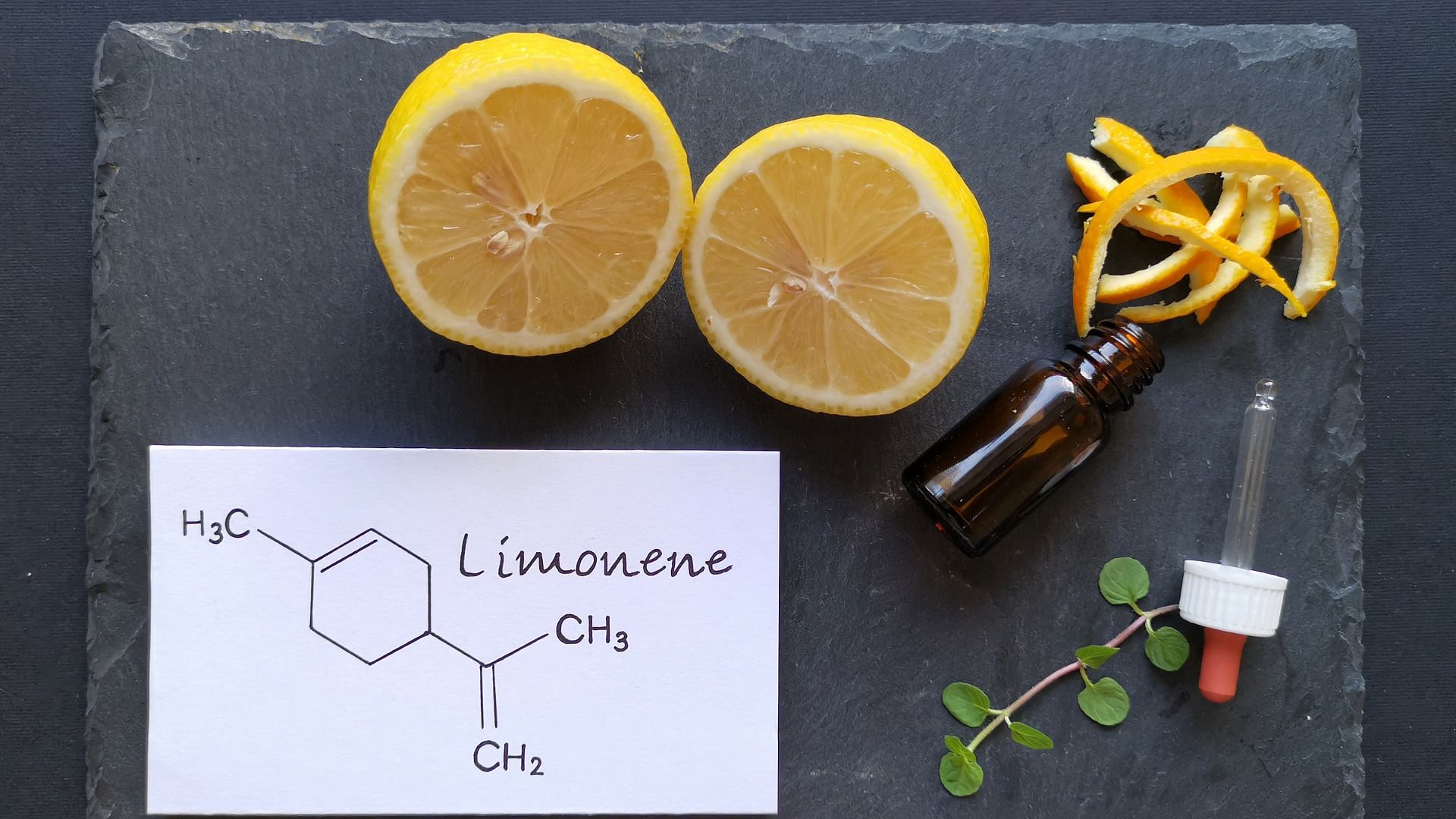
Limonene is that lemony citrus scent found in any lemon strain and is known to be a mood enhancer, and has anti-fungal properties.
It is used by plants and micro-organisms to communicate with one another. When pests like aphids or fungal pathogens like botrytis are present, plants will produce more Limonene which can act as a pest deterrent and preventative measure.
Choosing strains with high levels of Limonene are great in areas known to have lots of pests. Especially humid environments where mold can become a problem. Understanding your growing environment and the problems, you may encounter will help you determine which genetics to grow.
You can find an entire list of outdoor approved genetics here
Garden Location
Choosing a location to plant in the ground requires plenty of sunshine and good soil depth.
Plants require sunshine to photosynthesize, that means the sunnier the location the more photosynthetic potential your plant has. During this process plants convert sunlight and water into sugar which is used for plant growth.
Excess sugar is stored within flower buds and will increase your overall yield. Having adequate soil depth will also impact your plants yield.
The bigger the roots, the bigger the shoots, the bigger the fruits!
This means giving your plant’s roots ample space to grow will result in a larger harvest. A good range for soil depth is 12 -18” inches or 20-45” centimeters. You can determine your soil’s depth by simply digging a hole in the ground and seeing how far you get.

Many houses are built on foundations where the topsoil has been scraped away, leaving behind a hard rocky layer with very little topsoil.
Topsoil is where the microorganisms live that are responsible for breaking down nutrient minerals into plant available forms. Microorganisms reside within organic matter, and it is this portion of the soil horizon where plant nutrients are found. If you plan on planting directly in the ground, you will need to build your soil up and have very little soil depth.
You can add depth and organic matter by adding compost to your garden space. You can make your own compost at home and reduce landfill waste.
In fact, 40% of landfills could be composted at home, reducing methane gas and toxic leachate that pollutes our waterways.
Composting is an easy way to turn trash into treasure. Black gold, as composters like to call it, is full of microorganisms and free nutrients for your plants. To learn more about composting, check out this article.
Compost is full of organic matter and nutrients, but most compost doesn’t contain enough plant nutrients for cannabis to thrive in. Understanding what nutrients are available within your compost and native soil can be achieved with a soil test.
Most new garden spaces will require additional amendments such as neem, kelp, and alfalfa meal. If you practice regenerative agriculture techniques, you can regenerate your soil with enough organic matter to fertilize your plants without buying amendments. This style of cultivation takes a lot of time and work but increases your soils health and reduces your costs year after year.
If you need to add a lot of soil depth to your garden or you don’t have the space to plant in the ground, you may want to grow in raised beds or other containers/
Planting Cannabis In Containers
Container gardening comes in many shapes and sizes and gives you, the gardener, more flexibility when it comes to garden location.
There are many types of containers to choose from, and how you choose will depend on your available resources. There are two different styles of containers you can choose from.
- Raised Beds
- Pots
Raised Beds can be made from lumber or logs, metal, cinder blocks, or fabric with either purchased or recycled materials. Remember that metal and stone will absorb more heat, so if you live in an area with high temperatures, you may want to stick to wood or fabric. One of the benefits of building a raised bed is that it allows your plants to access the native soil they are built upon. Although if your raised bed is bottomless, you will want to line them with gopher wire to keep out unwanted pests.
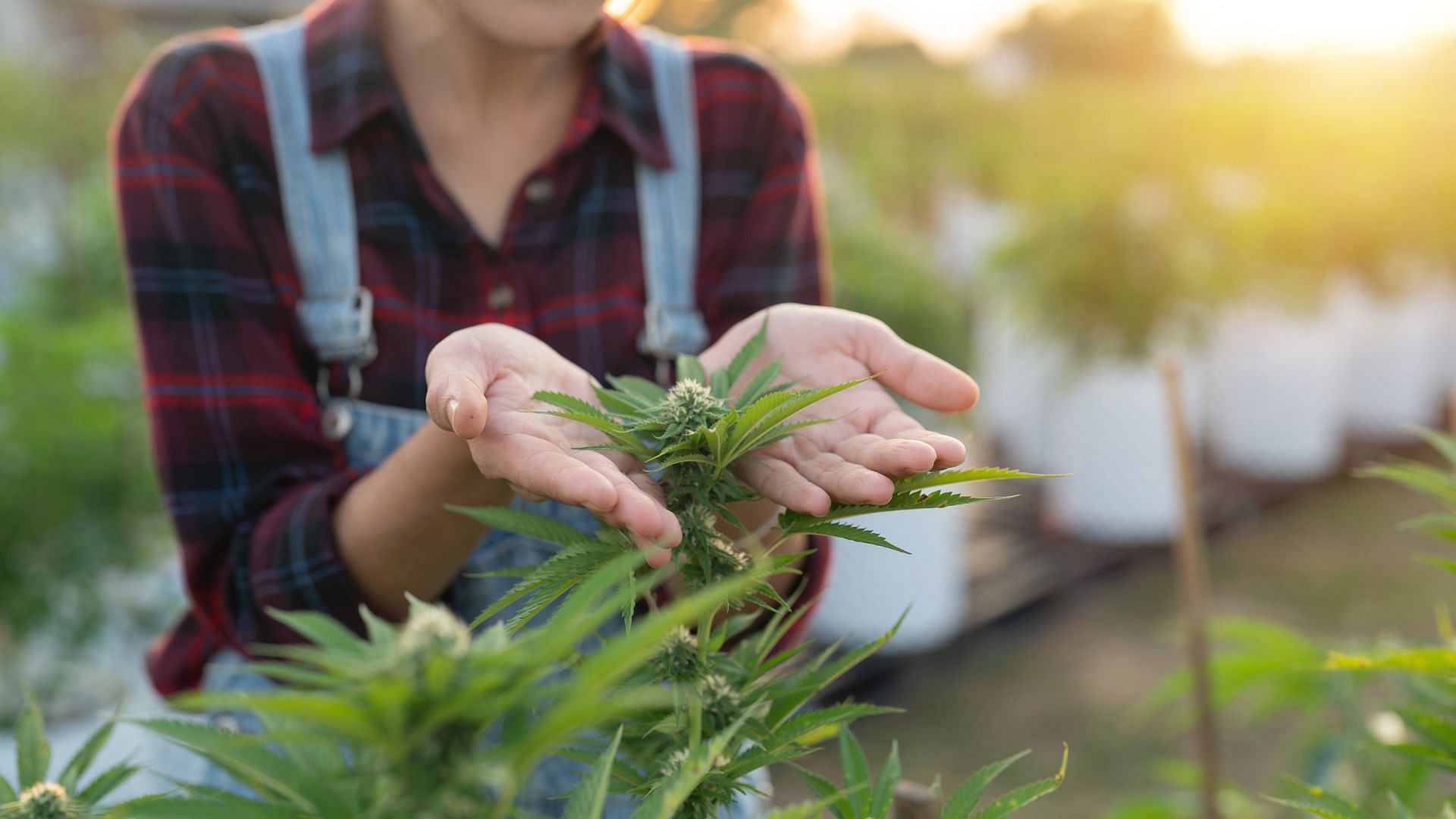
An excellent option for a purchased bed is the Grassroots Living Soil beds. These beds differ from other fabric beds because they have a plastic liner that evenly distributes soil moisture. These beds come in several shapes and sizes and even have an option for built in trellising or supports for light deprivation systems. They can be more expensive than other alternatives like recycled items which can often be found freely.
Many people recycle materials that would otherwise be thrown away into container gardens. A few examples of these are old bathtubs or animal troughs. Remember to consider your container size and the ability for water to drain from your recycled containers and adjust accordingly.
Pots are great container choices for folks with limited garden space. You can plant in pots that can easily be moved, which is useful in locations with shorter growing seasons or impromptu visits by landlords.
Remember, the larger the container, the less you will have to feed and water your plants.
Whether you are growing in living soil or feeding a strict nutrient schedule, your containers water holding capacity increases with size. The more water your container holds, the more nutrients your container will hold. This means your plant will have more food in a larger container, reducing the time you spend watering your plant.
Depending on what type of potting mix your container is filled with. You may still need to feed your plants with home brewed teas or bottled nutrients. Making nutrient teas will be cheaper than purchasing botted nutrients and reduce waste.
Some potting mixes claim to require water only because they are amended with plenty of mineral nutrients.
You can buy potting mix to fill your containers with organic matter and nutrients or make your own.
Make Your Own Potting Mix
Making your own soil mix allows you to grow in exactly what you want and what your plants need. A basic mix developed by the Cornell University Agriculture Department and widely popularized by Clackamas Coot is:
- 1/3 Sphagnum Peat Moss (and/or Coco Coir*)
- 1/3 Aeration (Rice Hulls*, Pumice, Vermiculite, or Perlite)
- 1/3 Compost
*The italicized items are preferred for their sustainability
This simple recipe can be customized according to what resources you have available. A great addition is to combine up to 10% of the total volume as biochar. Biochar is an amazing carbon source that increases nutrient uptake, water holding capacity and provides ideal habitat for your microorganisms.
Biochar can be added to potting mix in your container gardens and incorporated into your native soil as well.
On top of this recipe, you will need to amend your potting mix with fertilizers or nutrient minerals like basalt rock dust, neem meal, rock phosphate, oyster shell flour, etc. Or you will have to feed your plants with nutrient teas or bottled nutrients regularly.
There are so many ways to grow your plants. We hope you decide to try growing this season outdoors.
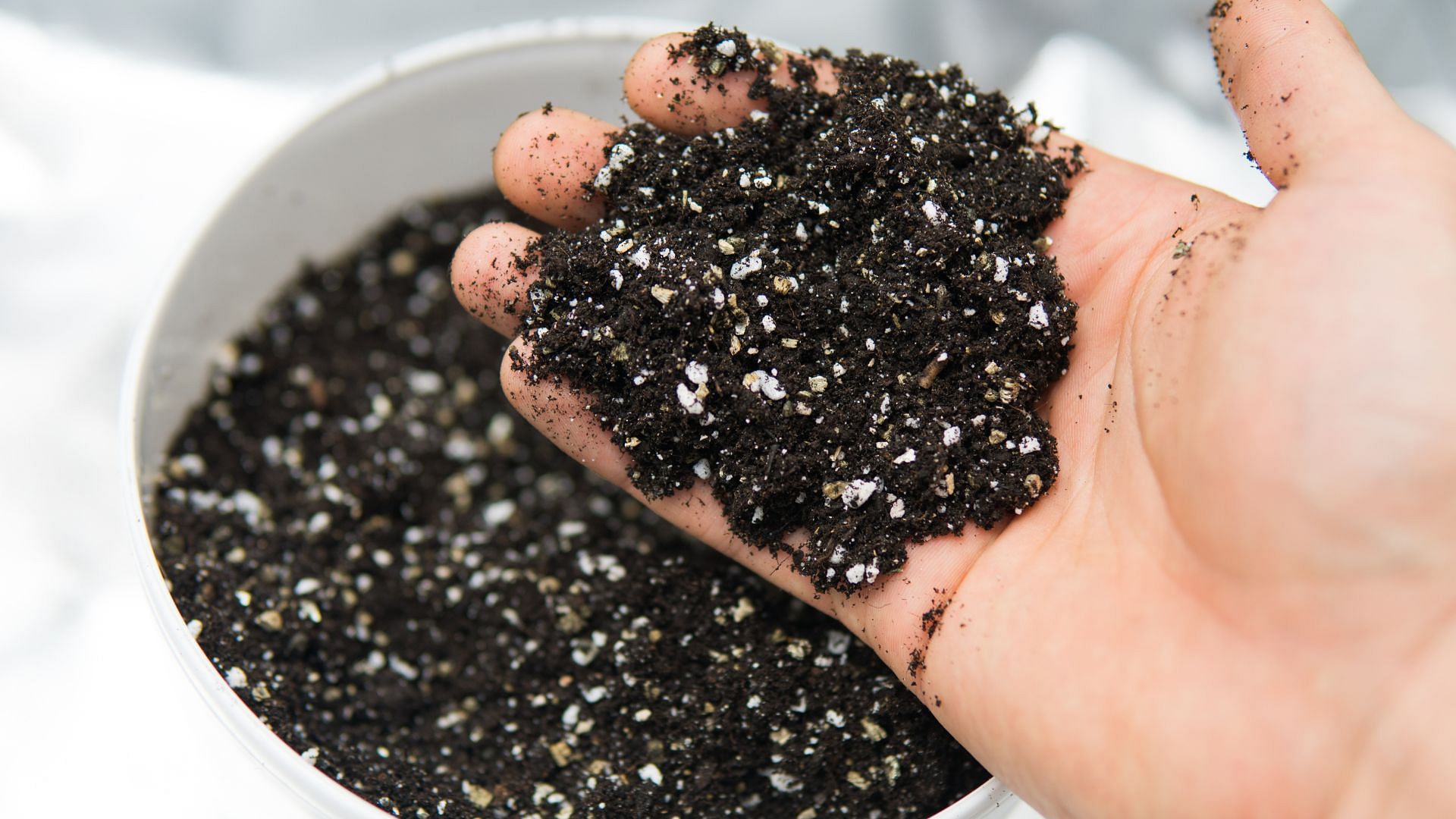
Outdoor Cannabis Cultivation
Growing outdoors is a fun and affordable way to experience cannabis. Not only can you save money, but you will enjoy the benefits of being outside in nature. Whether you grow in pots, beds, or directly in the ground, you are sure to benefit.
Remember that plants need sunlight to photosynthesize, which is freely provided when growing outside. They also need mineral nutrients to develop and grow, which can be obtained from a bottle, but we prefer living soil that is teaming with microorganisms.Living soil can be achieved most affordably by using native soil within your ecosystem. And there are several things you can do to prepare your native soil for growing cannabis outdoors which can be discussed in detail.
You will also need an integrative pest management plan that includes preventative measures when growing in nature. And part of that plan is companion planting other species in a polyculture garden. All this can be done by finding the best soil to plant your garden in or using containers.
Over the next few months, we will provide you with plenty of information on growing cannabis outdoors in living soil. You will save money and grow bigger plants with more terpenes; together, we can create a healthier planet.

